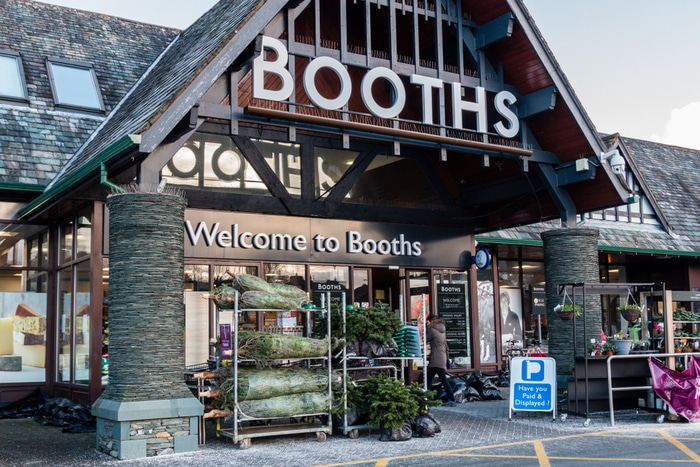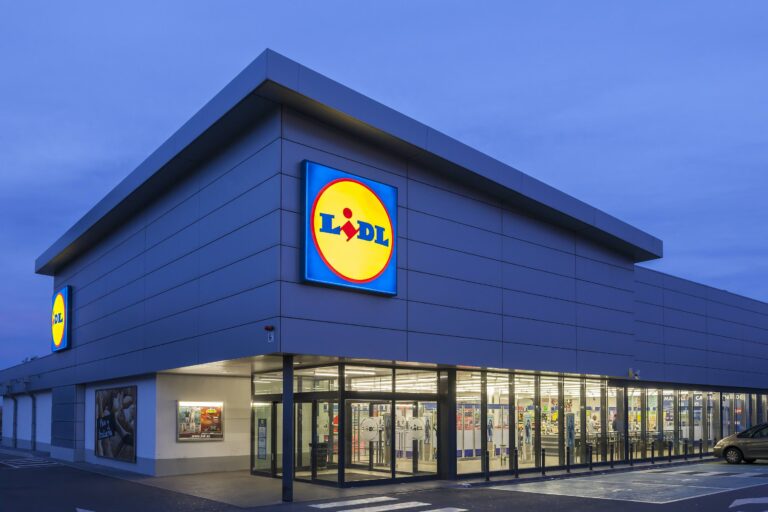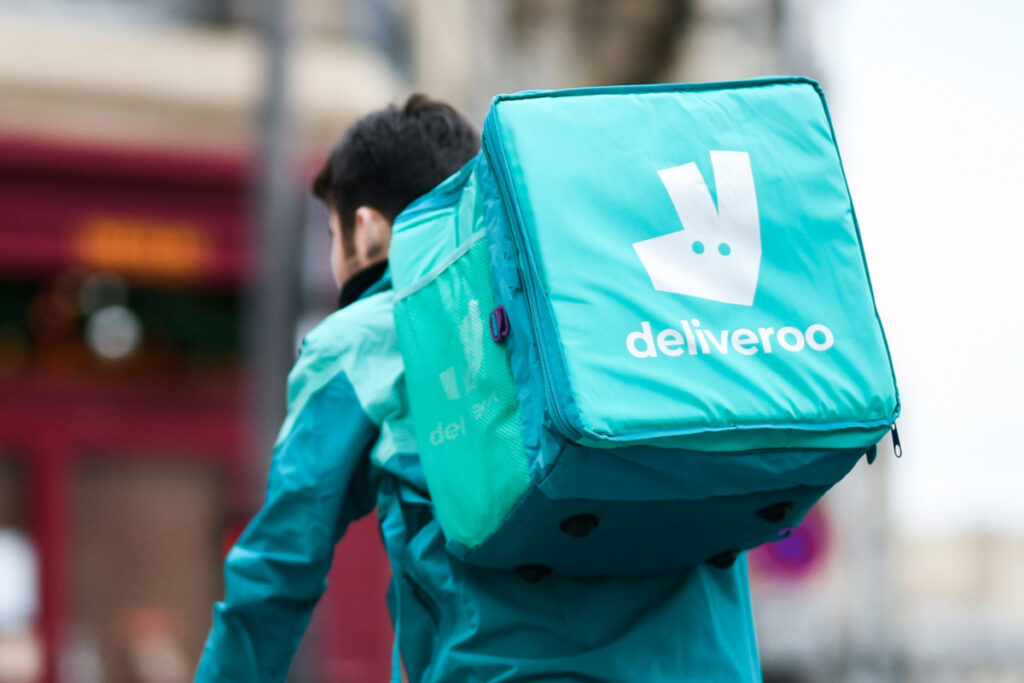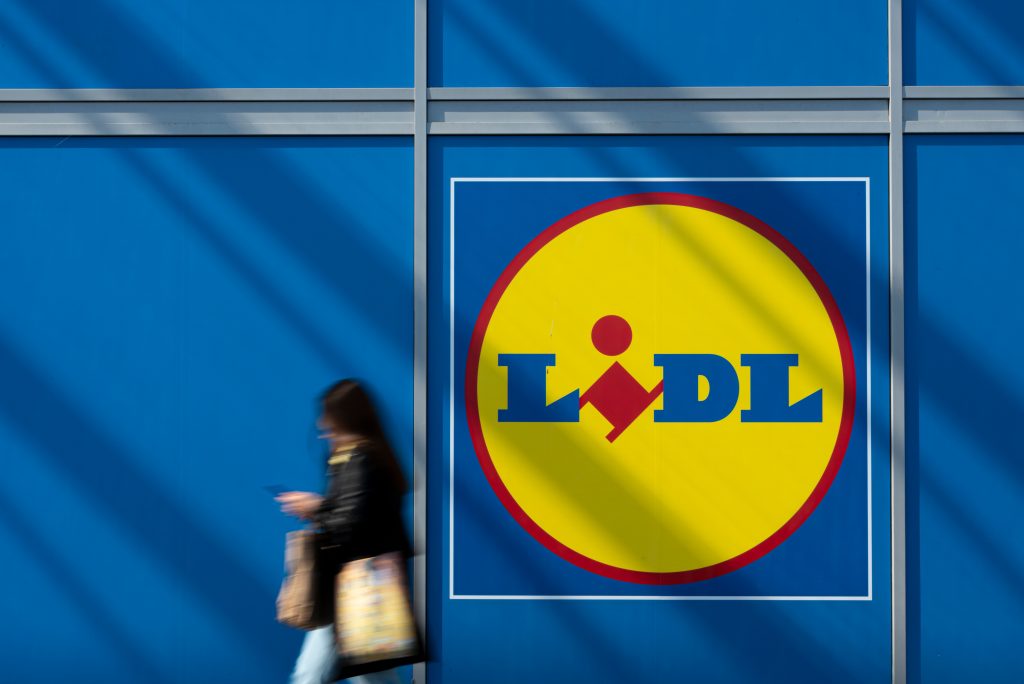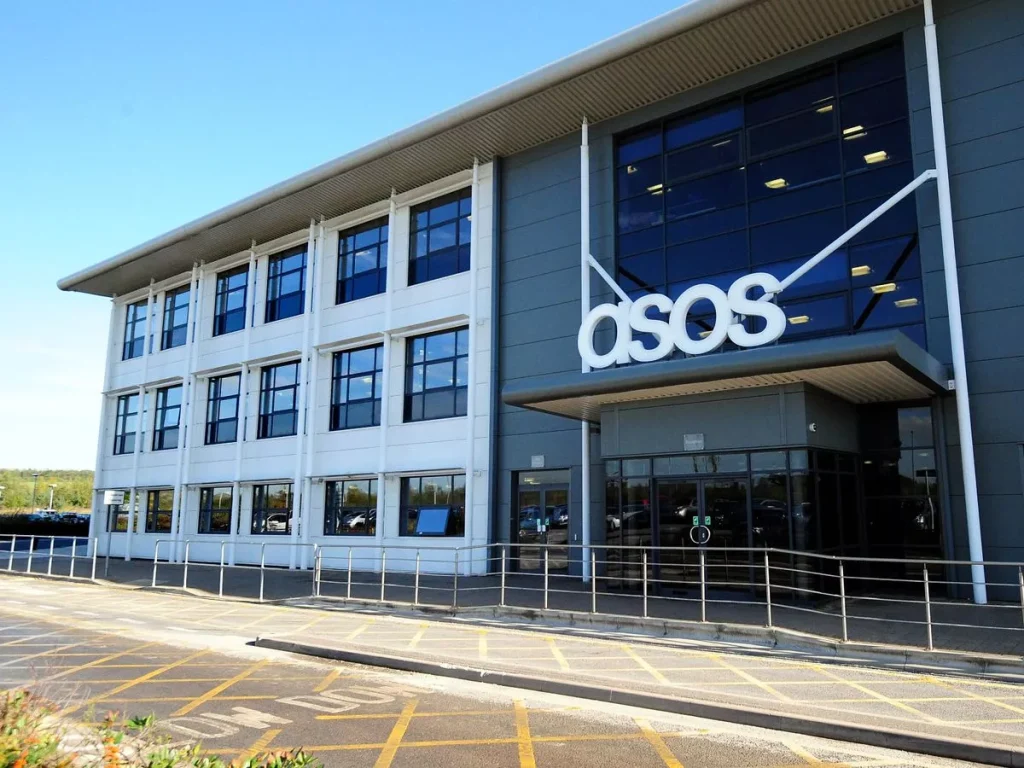In my previous article ‘Change in the channel – how retail will respond to the closure of the VAT loophole‘, I discussed The High Court‘s decision to cut Low Value Consignment Relief (LVCR) for the Channel Islands. This month, I would like to look at what impact, if any, multichannel retail is having on employees – what challenges do they face when dealing with new technologies, has customer service changed as a result, and how do we expect their role to evolve in the future?
People today seamlessly integrate the use of all technologies in their lives, including the way they shop. As a result, they are more informed and selective about the products and services that they use, and more engaged with industries that serve them.
In this environment, the growth of mobile features and device convergence, such as smart phones, are driving m-commerce. Growth in retail sales on mobile devices has been recorded by the IMRG Capgemini e-Retail Sales Index, which saw m-commerce rocket 254 per cent year-on-year in March 2012.
At the same time, store visits are being enhanced by dynamic digital displays and personalisation through hand-held devices or the shopper‘s own mobile phone. These changes provide retailers with the opportunity to drive greater value by making the switch from “talking to” towards “engaging with” shoppers.
A growing number of digital channels from apps to kiosks to the web, are replacing elements of the shopping experience that would previously have occurred in a physical space, calling for the store environment to evolve. The shift has required retailers to think differently about the retail experience and service model across all channels and touch points, including physical stores. Stores need to offer experiences consumers can‘t have in the digital space, by becoming destinations of choice.
As a result, retailers today are looking to invest in employee-facing technologies to help improved in-store business processes as well as provide more consistent and efficient sales support for shoppers. Retail giants such as John Lewis, M&S and Tesco have had to re-examine their strategy to provide a seamless experience across the entire customer buying journey – blurring the boundaries between digital and physical. However, what impact has this change had on employees trying to keep pace with the tools necessary to satisfy tech-hungry consumers?
From inventory management, to POS, to digital merchandising, the technology behind the retail experience can be incredibly complex. Employees are on the front lines of this technical battle; their ability to operate equipment and take care of customers is often the difference between success and failure.
Research by RSR in 2011 found a widening information gap between consumers and retail employees, with consumers walking into store armed with reviews, ratings, price comparisons and detailed product information. By contrast, the same study found that only 35 per cent of retailers provide their employees with the same level of information.
A successful in-store digital transformation is only possible if both the people and technology pillars are bound by robust and well-defined processes. Employee involvement and training is critical in technology implementation to realise the full potential of the technology and to achieve the business objectives. Therefore, retailers are realising that, if their consumers are using technology to train themselves on products, they must equip and train their employees with the same technology.
No wonder then, that Apple invests heavily in training its employees with in-store technology and its product category. The training manuals and employee interviews conducted by WSJ in 2011 found that employees are taught an unusual sales philosophy: not to sell, but rather to help customers solve problems. The technology giant employees “Geniuses” who provide


